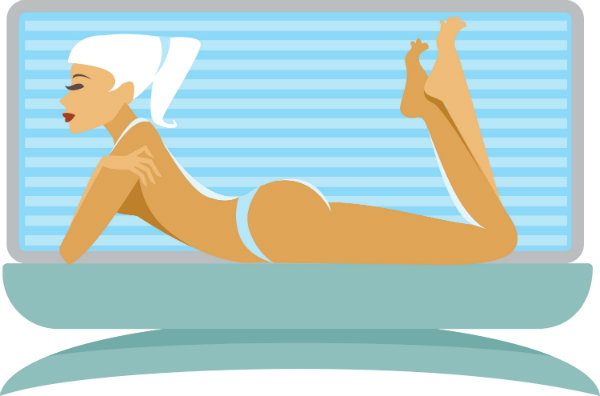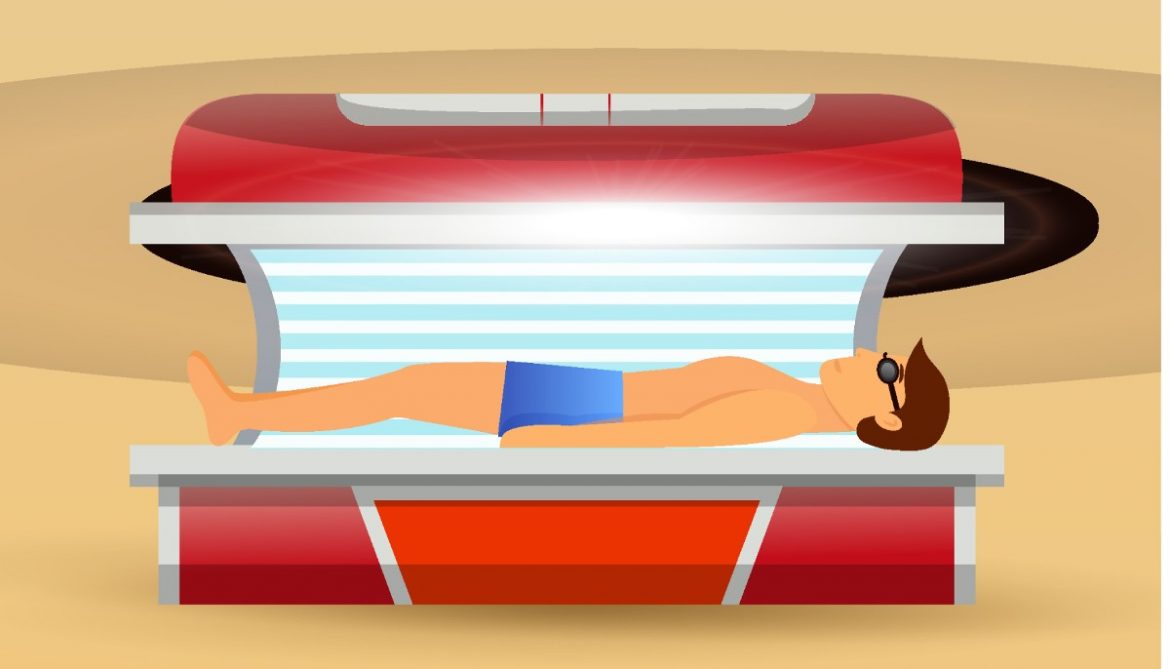It would not be unusual that at this time of the year you would consider giving yourself some lightening to “prepare your skin” for the summer. Many people, up to 11.1% of Europeans, especially women, do so. So you may be unaware that UVA rays (emitted by sunbeds) cause skin cancer. In addition, you may think that having a certain shade will protect you from the most intense exposures.
However, this idea is not advisable because any dose of UVA that your skin receives, far from protecting or preparing it, reinforces the path to melanoma or carcinoma. Tanning, far from being a sign of health, is a sign of skin suffering. The skin, when exposed to the sun, feels attacked and therefore becomes pigmented. There is no such thing as a healthy tan.

UVA rays have a high oxidative power, penetrating deep into the dermis, which in the long term has repercussions on the development of cancer. As for the damage they can cause, it makes no difference whether these rays come from the sun or from a machine that produces them.
Since 2009, the IARC (International Agency for Research on Cancer) belonging to the WHO considers UV lamps (as well as solar radiation) a group 1 carcinogen. Belonging to this group means that their involvement in the development of a particular type of cancer (in this case, skin cancer) is clearly established scientifically and therefore the WHO advises against their contact with the skin.
But what do we know so far about the influence of UVA rays on skin cancer? Here is what science has shown about the different types of skin cancer.
UVA radiation and melanoma
It has been statistically proven that there is a higher risk of developing melanoma in those people with previous use of UVA lamps. Although the more sessions, the higher the risk, it has been shown that there is a significant increase in the probability of developing melanoma from 10 sessions in a lifetime. Researchers calculated that for each extra session per year, the risk increases by 1.8%.
In addition, in a paper recently published in the Journal of the American Academy of Dermatology, it was observed that people who have taken UVA rays are more likely to develop more than one melanoma (in some cases, up to 4) in a lifetime.

UVA radiation and non-melanoma skin cancer
Although there are fewer studies focusing on these cancers (squamous cell carcinoma and basal cell carcinoma) and their relationship to UV light, the available evidence supports that there is an increased risk in both cases. Cases of non-melanoma skin cancer attributable to UVA rays are considered to be comparable to those of lung cancer caused by tobacco.
In conclusion…
The scientific publications available so far establish that there is a clear relationship between the use of UVA rays/sunbeds and the appearance of the most frequent types of skin cancer. Spain prohibits their use in children under 18 years of age, but despite all the evidence I have shared with you, they are still available for the rest of the population.
I hope, with this article, I have contributed to make you think twice before using a tanning salon next time.
